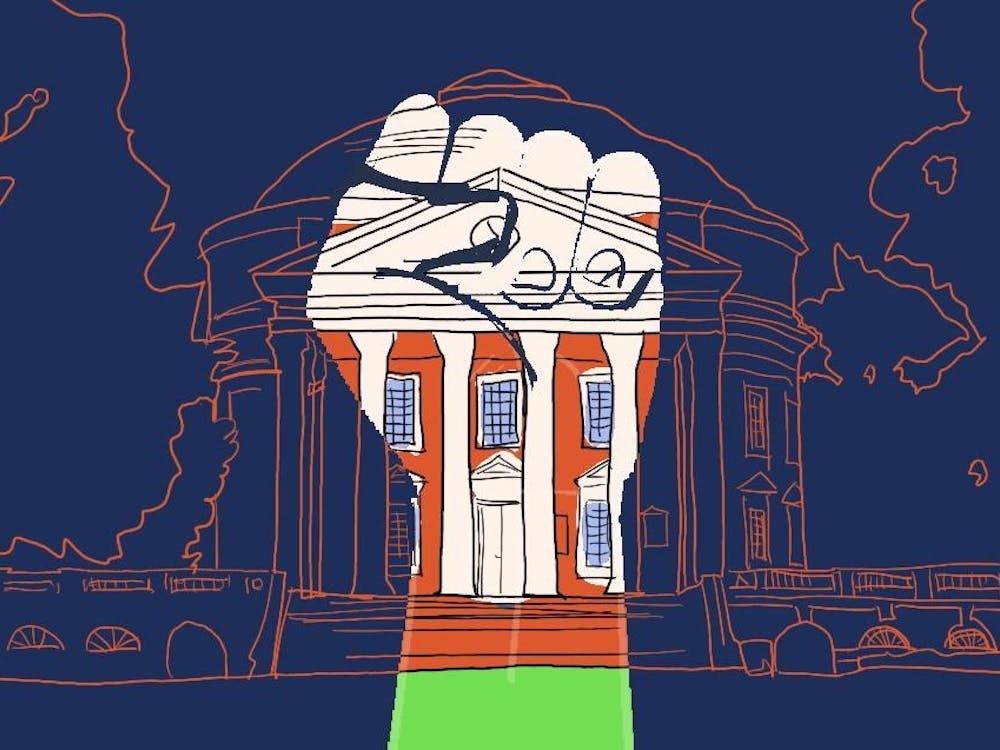Vice President and Chief Student Affairs Officer Patricia Lampkin sent out an unsettling email on October 16th informing the student body of the death of a second-year Engineering student. University Police found Hereford resident Connor Cormier on October 15th. Following this email, The Cavalier Daily also posted an article informing the University and the Charlottesville area of what happened.
When Hannah Graham was reported missing on September 13, students and residents from all over Virginia began a massive search including hundreds of volunteers every day for the past five weeks. Here on Grounds students painted Beta Bridge, hung up flyers and even passed out purple ribbons before football games. Not only was Hannah’s disappearance a significant concern on Grounds, but it was also given attention all over the country, being covered by huge news outlets such as CNN or the New York Times. This case received — and is still receiving — massive amounts of attention. Hannah’s disappearance is a tragedy and deserves every ounce of coverage that it receives. However, the obvious unbalance between the responses to Connor’s suicide and Hannah’s disappearance shows how much of a taboo suicide and mental health can be.
After the uproar that was made over the Hannah Graham case, I expected there to immediately be a lot of public attention and media coverage on Connor, but there was not. The email from Lampkin did not even exclusively discuss the death of Connor Cormier, as she states that the “loss of Connor deepens the grief we have experienced over the disappearance of Hannah Graham.” Losing a University student may add to our grief, but his suicide does not deepen the grief we have over another student; it is a new grief and a new issue as a whole. This response just seems insensitive and unfocused on Connor, and it left me with many questions. Why was there no vigil for Connor Cormier? Why hasn’t there been open discussion about mental illness, suicide or how to handle grief? Besides the original email and one article written by The Cavalier Daily, there has been no public discussion of the student or his death.
This situation is different from Hannah’s in that we cannot maintain hope in the same way that we do in hoping that she will return home. But we can spread awareness and hope that in our efforts to support students dealing with mental illnesses, no other student on Grounds will ever again resort to such extreme measures to alleviate their pain. While I understand that the focus of the administration is to bring Hannah home, it is also important for any students here who may be feeling suicidal to understand that the University recognizes and cares about the problems that they are facing.
Connor’s suicide cannot be another off-limits topic that is swept under the rug; this has to be a discussion the administration is willing to have with the students. In the middle of fall — while midterms are taking place — student clubs are beginning to delegate more responsibility and class difficulty is increasing. This is a stressful time for everyone.
Even during the hardest times at the University, each and every student’s mental health and happiness is key to maintaining the happy and welcoming environment that we have here. I encourage anyone that is feeling down about recent events, or anything else, to seek help before the pain becomes intolerable and to remember that there is nothing wrong with asking for help.
If you or someone you know is in need of psychological help, please call CAPS Monday – Friday at 434-243-5150 and on the weekends at 434-972-7004. If you prefer to speak with a student, call the HELP Line at 434-295-TALK (8255) at anytime of the week.
Lauren Horne is a Viewpoint Writer.






